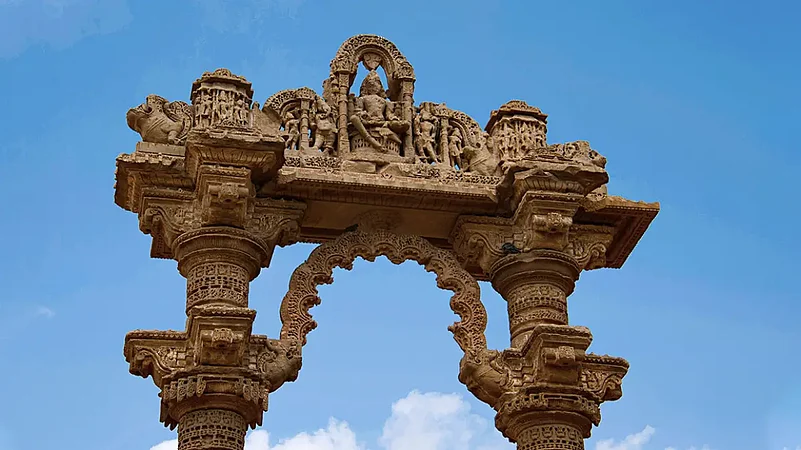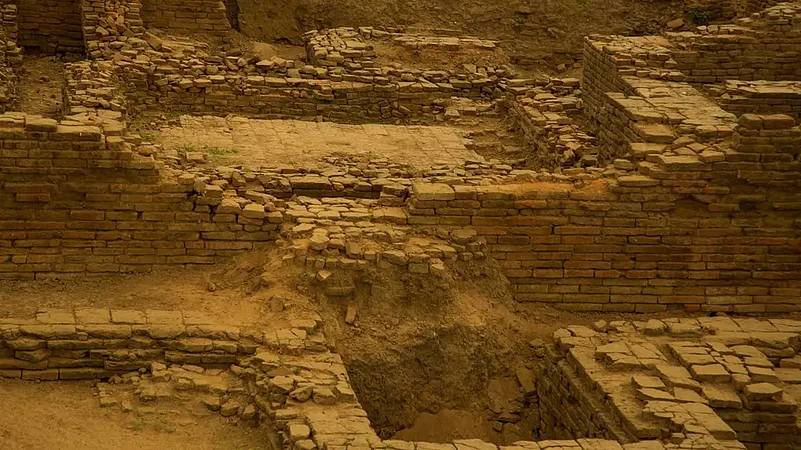On International Museum Day (18th May), during the closing ceremony of Vadnagar International Conference, there were announcements that outlined Gujarat government’s plans to turn the city of Vadnagar into the state’s next big heritage site. In order to revive interest in Gujarat’s Buddhist and cultural heritage, a museum, with an investment of Rs 200 crore, was also announced.
Why Vadnagar

Vadnagar, located in the Mehsana district in Gujarat is a city with deep historical roots. Also called Chamatkarpur, Anandpur, Snehpur and Vimalpur, the city of Vadnagar was mentioned in the Puranas as well. Home to many archaeological treasures, Vadnagar is famous for its torans, a pair of 12th century Solanki-era columns, 40 feet tall and built in red and yellow sandstone to celebrate a war victory.
In 640 AD, Chinese Buddhist traveller Hiuen Tsang visited the city, and is said to have mentioned it in his travelogue. During excavations in 2008-09, ruins of a Buddhist monastery were also unearthed in Vadnagar. This monastery had two votive stupas and an open central courtyard around which initially nine cells were constructed. Similar excavations in neighbouring Taranga also unearthed idols that point to the area being an important centre of Buddhist culture.

Today, Vadnagar is home to India’s first music and dance college called Tanariri Performing Arts College, named so to honour the valour of two sisters, Tana and Riri, who had sacrificed their lives when asked by Akbar to sing in his court, which was against their custom. In the south of Vadnagar, two temple-like memorials continue to sing of their valour and a music festival is celebrated every year in their memory. Union Minister of State for Culture Meenakshi Lekhi has also assured Centre’s commitment to help Gujarat government turn Tana Riri into an international music festival
With over 4500 hundred years of history in its soil, from an agricultural land to the epicentre of performing arts in the state, Vadnagar's rich archaeological heritage and culture will soon find its rightful place on the heritage map.
















